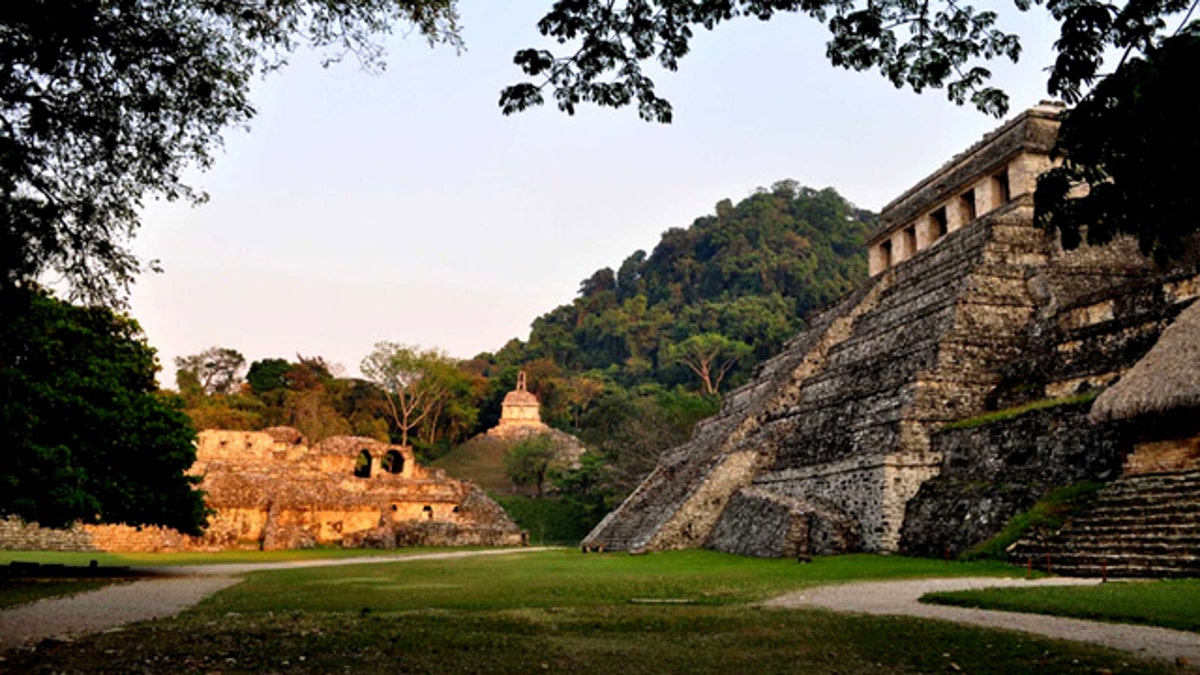
A 1,500-year-old Mayan burial chamber visited for the first time ever via remote camera sits beneath this crumbling and unstable Mayan pyramid, authorities said. (National Institute of Anthropology and History)
In the archeological town of Tikal, Guatemala, where water was once scarce, researchers have discovered a large, intricate dam that may have been built hundreds of years ago.
According to Sci-News.com, the dam included viaducts and a reservoir that stretched 260 feet in length, stood about 33 feet high and could have held about 20 million gallons of water.
The finding have provided further clues into daily life of the ancient inhabitants.
“The overall goal of the research is to better understand how the ancient Maya supported a population at Tikal of perhaps 60,000 to 80,000 inhabitants and an estimated population of five million in the overall Maya lowlands by AD 700,” lead author Vernon Scarborough, a professor of anthropology at the University of Cincinnati, said in a study published in the Proceedings of the National Academy of Sciences.
“That is a much higher number than is supported by the current environment," he said. "So, they managed to sustain a populous, highly complex society for well over 1,500 years in a tropical ecology. Their resource needs were great, but they used only stone-age tools and technology to develop a sophisticated, long-lasting management system in order to thrive.”
The dams, which were constructed out of cut stone, rubble and earth, provided the water source to the region’s population in an area where rainfall was often scarce. The team believes that the Mayans constructed an intricate system of roadways, buildings and canals in order to lead water into man-made reservoirs to keep over the periods of drought.
These recent findings are a great window into the life of the ancient civilization. Not only is the dam lined with paved and plastered walls, but the ancient construction was built with specific water filters. It is believed Mayans placed “sand boxes” in the canals and water gates leading to the reservoir that served to purify the water.
“These filtration beds consisted of quartz sand, which is not naturally found in the greater Tikal area. The Maya of Tikal traveled at least 20 miles (about 30 km) to obtain the quartz sand to create their water filters. It was a fairly laborious transportation effort. That speaks to the value they placed on water and water management,” co-author Nicholas Dunning, a professor of geography at the University of Cincinnati, said in the study.
Follow us on twitter.com/foxnewslatino
Like us at facebook.com/foxnewslatino




















